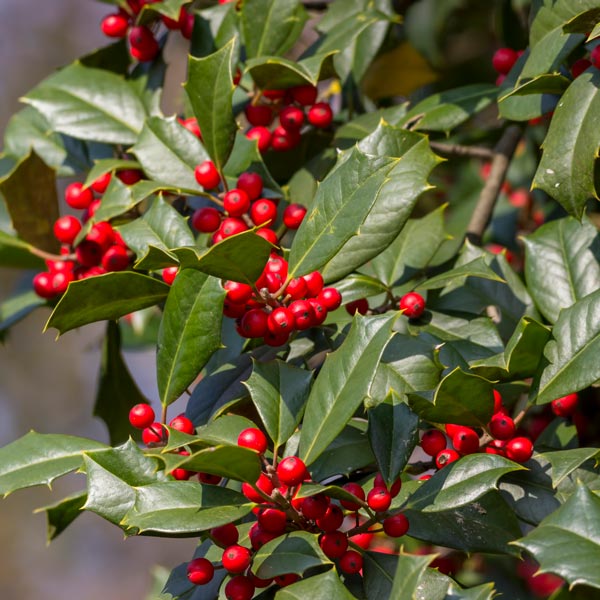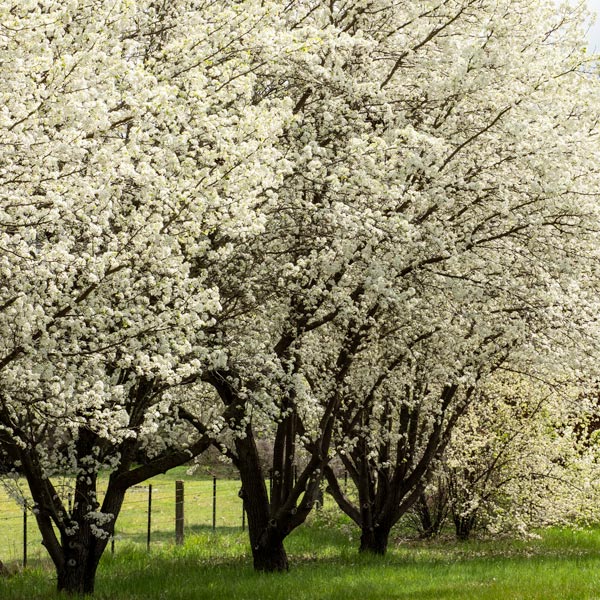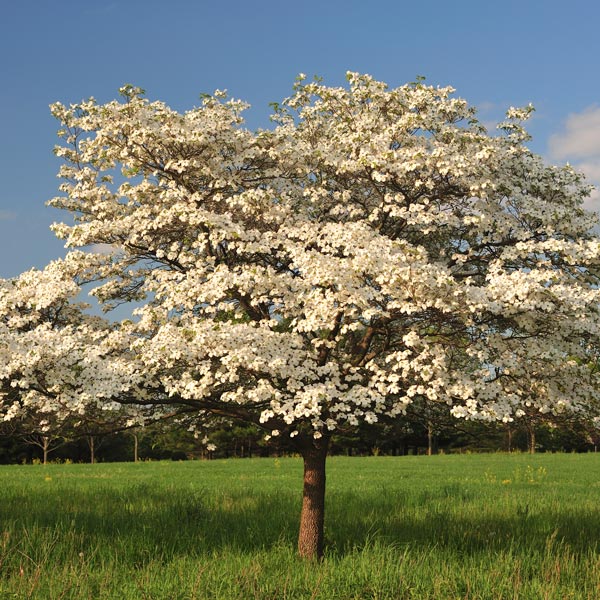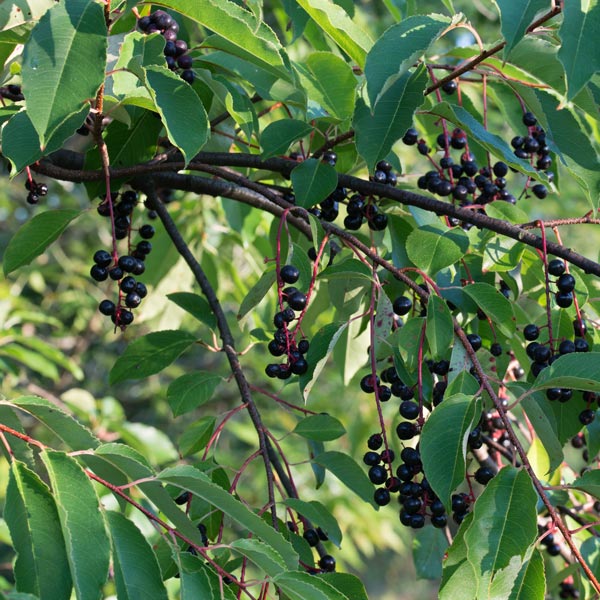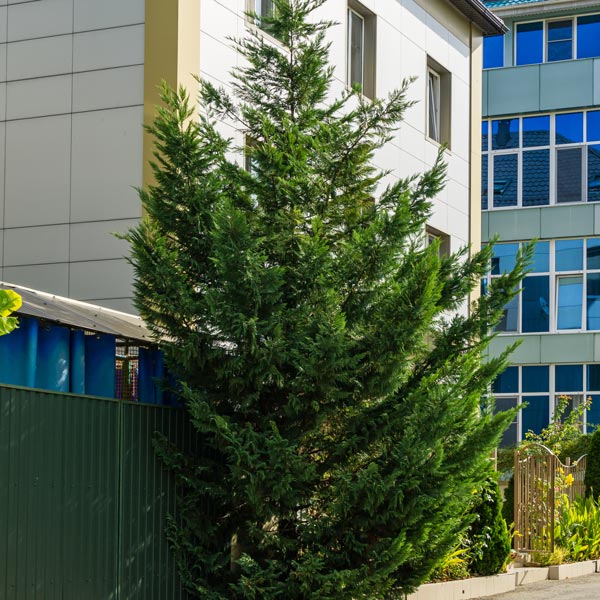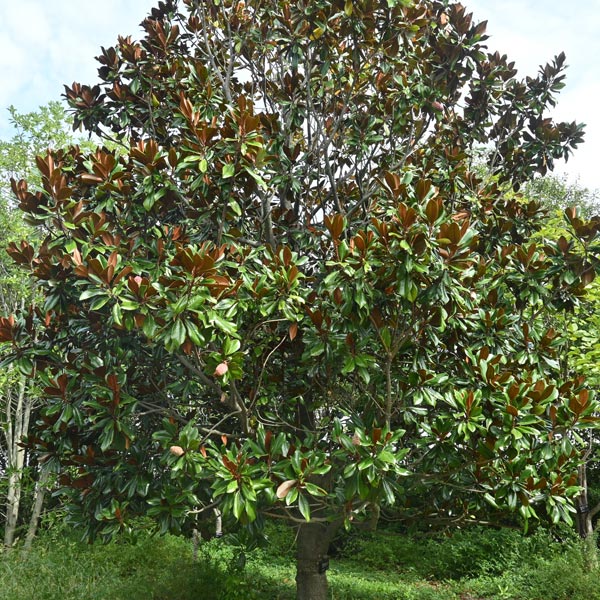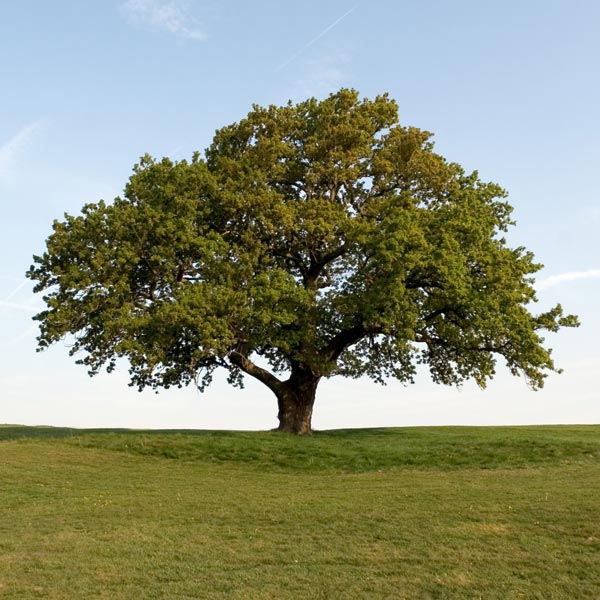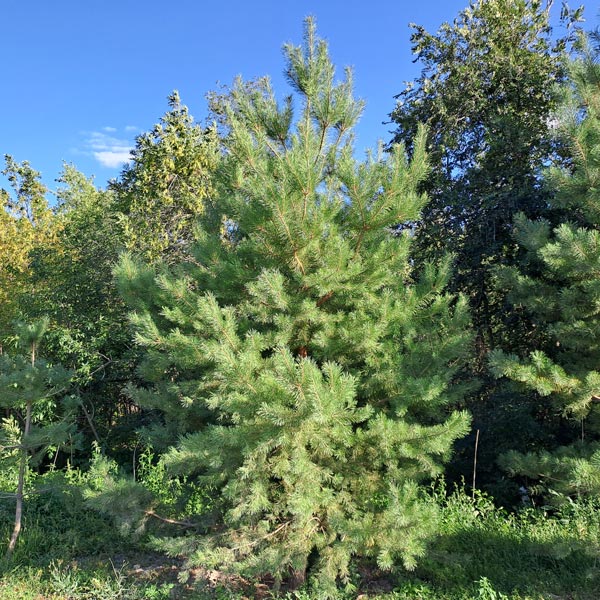Tree Transplant Shock Recovery in Blacksville, GA; How to Save Dying Transplanted Trees
When you are relocating from one location to a new place is it easy? For most people a big change in location from a city that you’ve know and grown accustomed to then off to a new place can be hard. You are stuck looking for a new grocery store, school, places to enjoy and so much more. This can be make you feel overwhelmed and even depressed with all the new things you need to learn. The other aspect of your move is that you are going many times from a specific climate to one that is totally different. The first cold winter or the dreadfully hot summer can come as a shock. The same applies to your plants and trees! When you choose to take a tree that is already growing in a particular place and you remove it for whatever reason, it can go into shock. This can lead to the plant or tree not looking so great.
Milam’s Tree Service Explains What Transplant Shock Is & How to Save These Trees
What is Tree Transplant Shock?: Tree transplant shock is an occurrence that happens when you take a tree that has already been growing in one place and put it in another place. The tree may not be able to handle the move and that can lead to the tree dying or going limp. Often the damage happens when the tree is taken out of the ground and some of the roots are broken or damaged. The roots are necessary to keep the tree full of nutrients, water and support to the tree itself. Another aspect of transplant shock could be from the new placement of the tree. The hole that the tree is being placed in might be too small and that will not allow the roots to expand the way that they need to. You also may not have given the new tree enough water or good soil to grow in. This will lead to transplant shock which is not good for the tree or the yard.
How to Know if Your Tree is in Shock or Dying: Shocked trees can often be saved but first it must be determined whether the tree is still alive. You can try bending a tree branch. If the tree is already dead, it will snap easily. If the branch is bendable and flexible, this is a great sign! Another test you can do is scratch a spot on the twig with your fingertip. If the layer underneath is bright green and moist, the tree is still alive.
Tree Transplant Shock Recovery: There are several steps you can take to help your tree survive. You can give the tree roots at least an inch of water every week. You can also apply a two-to-four-inch deep layer of mulch from the base of the tree to the drip line but keep mulch five inches away from the trunk. It is also important not to over prune young trees, unless it is to remove dead or damaged branches. If these steps do not appear to improve the health of your tree, you should consider replanting the tree in a larger hole.
How to Prevent Tree Transplant Shock: If you are looking at your yard and determine that you need to move a tree or more from one location to a next then you need to take care to prevent transplant shock. Be sure that when the tree is taken from the current location it is done gently. You want to be sure that there is little to no damage to the root ball and be sure to not shake the tree while moving it. You also want to be sure that the new location has been prepared in advance and the soil is rich in nutrients. The hole needs to be large enough so that the roots and ball of roots have space to be laid out and deep enough in the earth. This will help the tree that has been moved to survive and not go into transplant shock.
Tree Trimming & Pruning & More in McDonough, Jackson, Jonesboro, Fayetteville, Hampton, Sunny Side GA | Fayette, Clayton & Henry Counties, Georgia
Milam’s Tree Services offers expert tree care. Contact us to trim and prune your trees to keep them healthy and strong.


